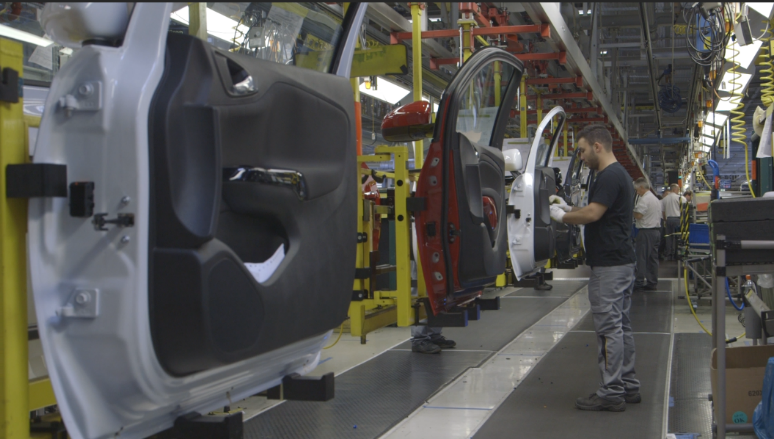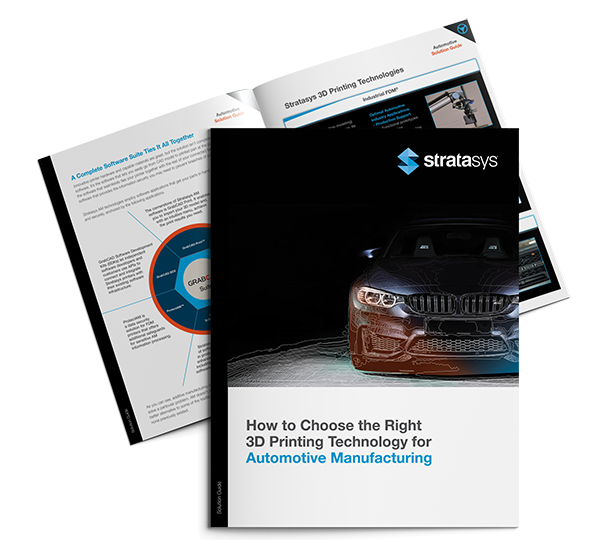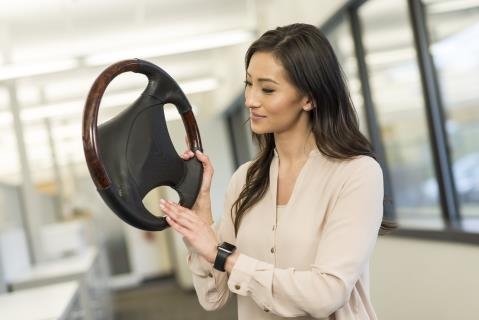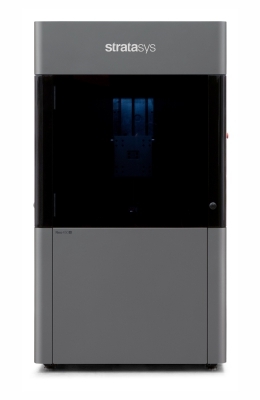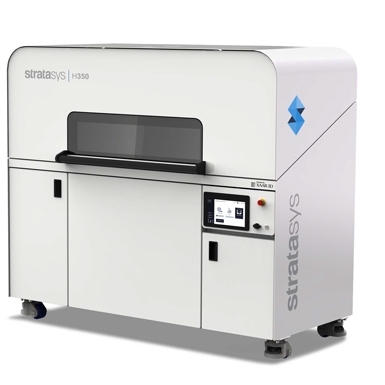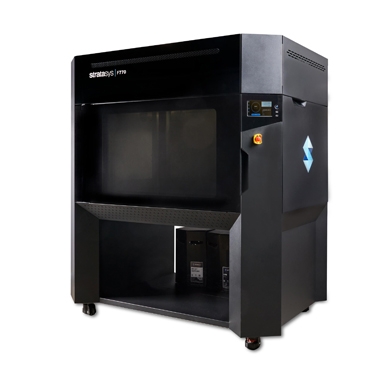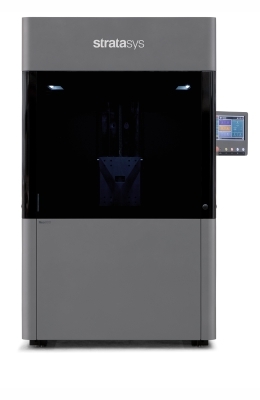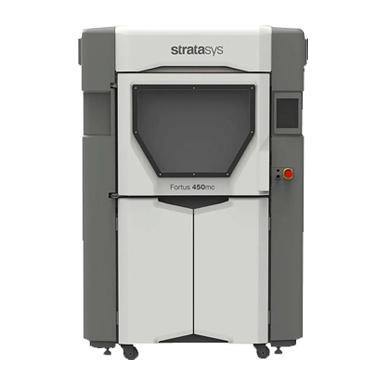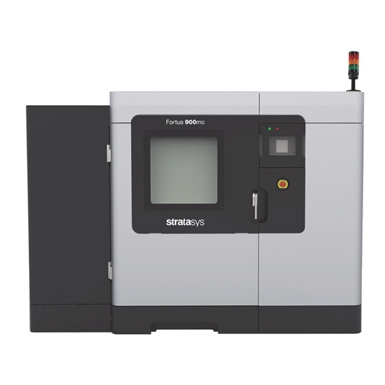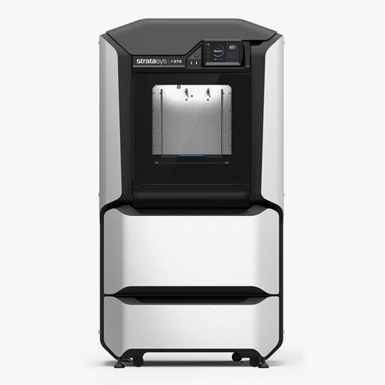Automotive
Automotive Industry
3D Printing Solutions for Automotive Manufacturers.
From concept to creation, we'll steer you in the right direction. Discover our technologies and materials suitable for each phase of automotive production, including, product development, production support and part production.
3D Printing Solutions for the Auto Industry
The automotive industry is one of the key areas where 3D printing technology is starting to have significant impact. Additive manufacturing techniques like SAF, P3, SLA, and FDM 3D Printing are used to create a wide range of automotive parts and components.
One of the key advantages of using 3D printing in automotive manufacturing is the ability to produce complex, custom parts quickly and cost-effectively. This can be particularly useful for lowvolume production runs or for creating one-off prototypes and concept models.
Additive Manufacturing
Advantages for Automotive Additionally, 3D printing can be used to create lightweight, highstrength parts that can improve the performance and efficiency of vehicles. This can be achieved by designing parts with complex internal geometries that would be difficult or impossible to create using traditional manufacturing methods.
Overall, 3D printing is starting to play an increasingly important role in the automotive industry, offering manufacturers the ability to improve efficiency, reduce costs, and create complex, custom parts quickly and easily.
-
Faster Prototyping
Producing a single prototype using conventional prototyping techniques like machining or injection molding might take weeks or even months. On the other hand, FDM industrial 3D printers provide quick prototyping in hours.
Faster output enables quicker testing, iteration, and alterations to the designs of auto parts, ultimately resulting in the production of more productive and efficient products.
In fact, Stratasys is the industry leader in FDM rapid prototyping.
-
Part Customization
By using 3D printers like programmable photopolymerization (P3) and selective absorption fusion (SAF), extremely specialized parts can be produced. Paired with a variety of material choices to satisfy different production needs and specifications reaching unique requirements and preferences of every consumer.
With typical manufacturing techniques, which rely on standardized, mass-produced parts, these levels of personalization are not feasible. Outsourcing typically requires time, money, and established procedures.
-
Lightweight Materials
Automobile parts can now be produced using 3D printers and lightweight materials like composite or plastic. This can reduce emissions, increase fuel efficiency, and significantly lighten the weight of cars.
10Stratasys
Legacy prototyping methods, such as machining or injection molding are EXPENSIVE and soak up too much time to produce a single prototype for #automotive manufacturers. Read how #additivemanufacturing has helped solve this problem!
By using the right #additivemanufacturing technology, #automotive manufacturers are empowered
to go beyond traditional boundaries of automotive design and can produce new innovative
vehicles.
-
Improved Design
Ability to design organic structures that are challenging or impossible to construct using conventional techniques. enabling engineers and designers to push the limits of automobile design and produce new, cutting-edge vehicles.
-
Lower inventories
By enabling on-demand fabrication of vehicle components with 3D printing, vast spare parts stocks are no longer necessary. This can help producers save time and money while lowering the possibility of stockouts or having too much inventory.
-
Sustainability
As material is only added when necessary to make the desired shape, 3D printers generate very little waste. Traditional production techniques, such machining, on the other hand, sometimes lead to considerable amounts of material waste. Automotive manufacturing may become more environmentally friendly and sustainable by using 3D printing. With this method, less waste and energy are used during production.
The automotive industry is moving towards sustainability, and additive manufacturing is playing a significant role in achieving this goal. By adopting additive manufacturing, automotive manufacturers can reduce their carbon footprint, use eco-friendly materials, and produce parts in-house, leading to significant savings in time, money, and resources.
Additive manufacturing is a sustainable solution that can help the automotive industry reduce its impact on the environment and move towards a more sustainable future.
Case studies

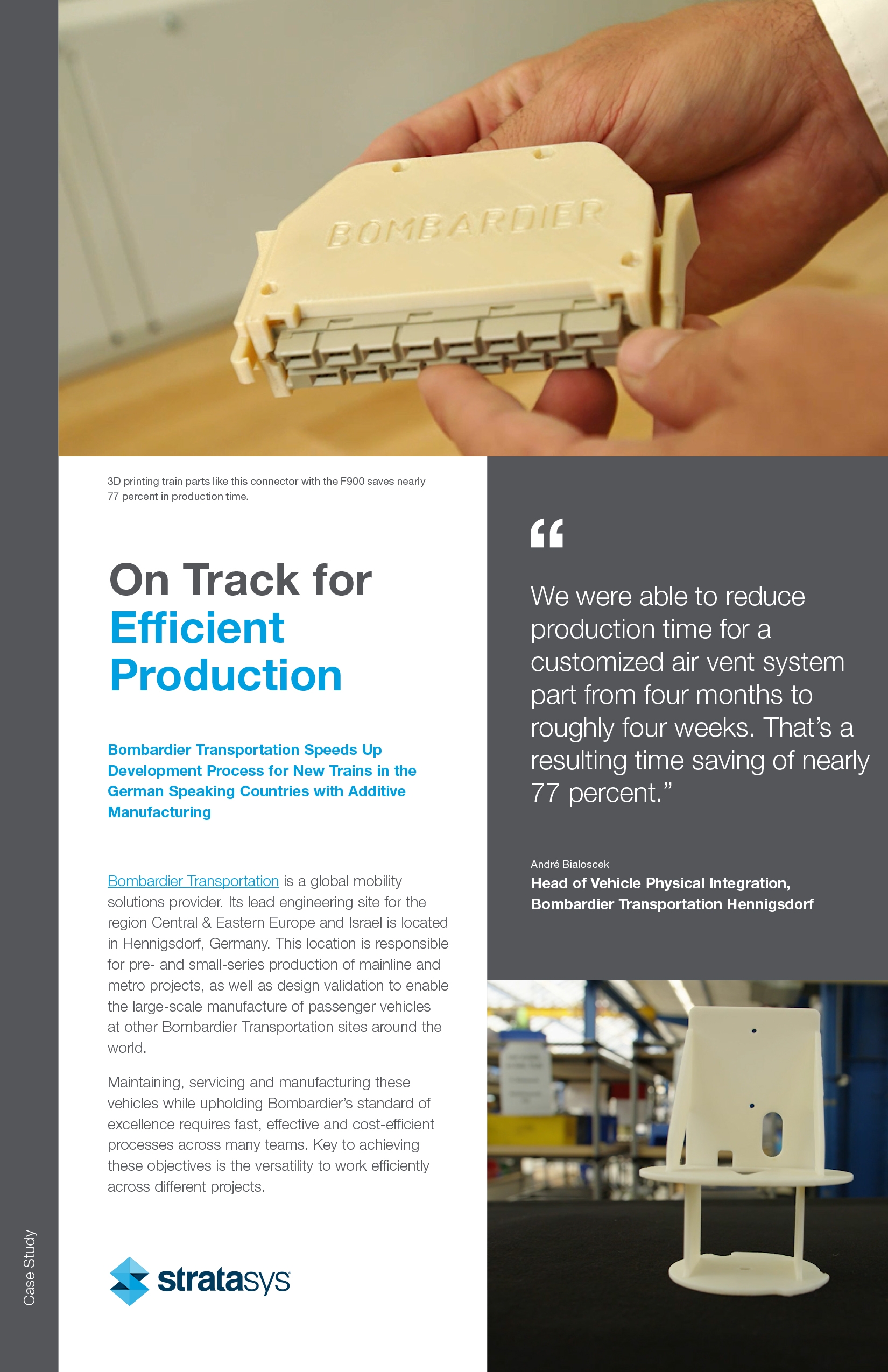
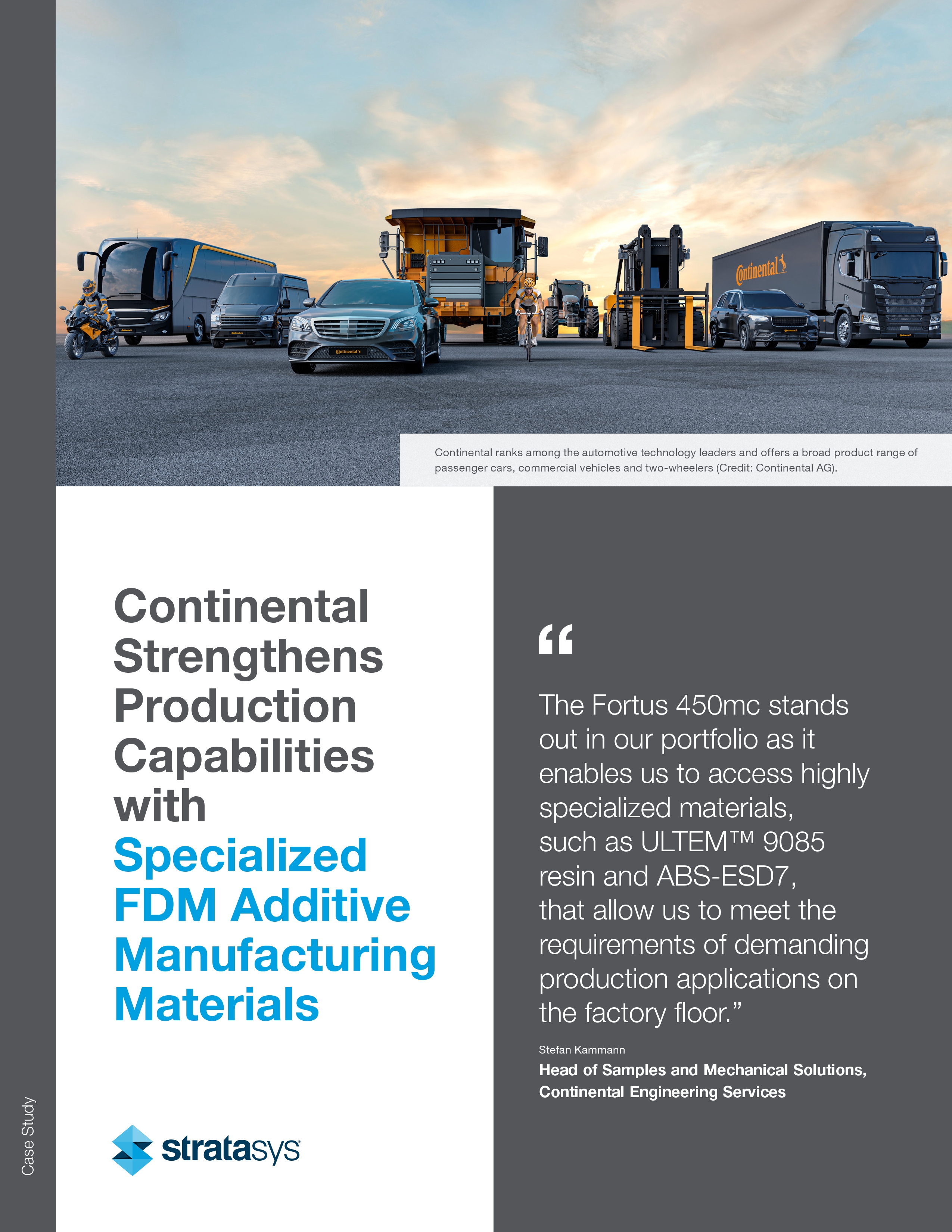
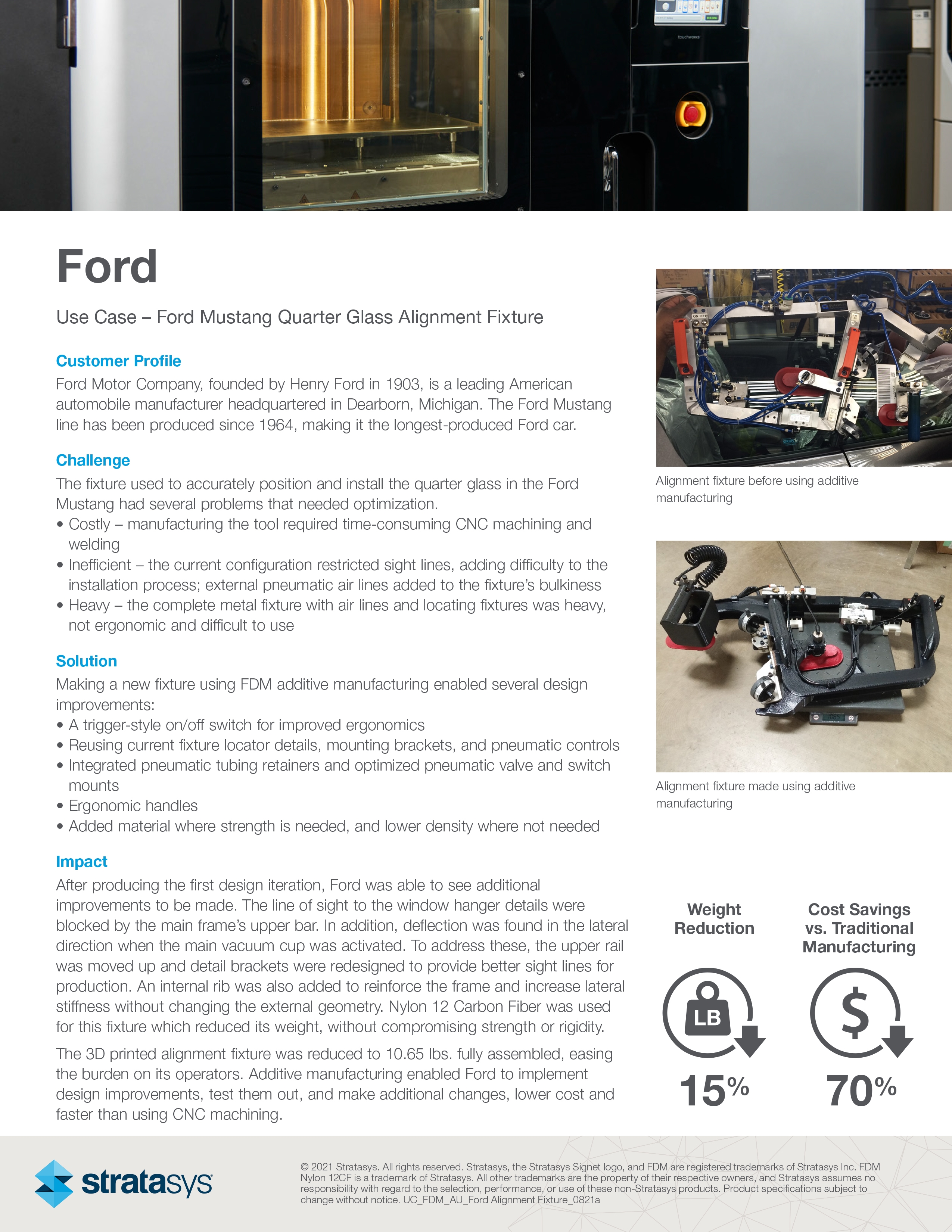
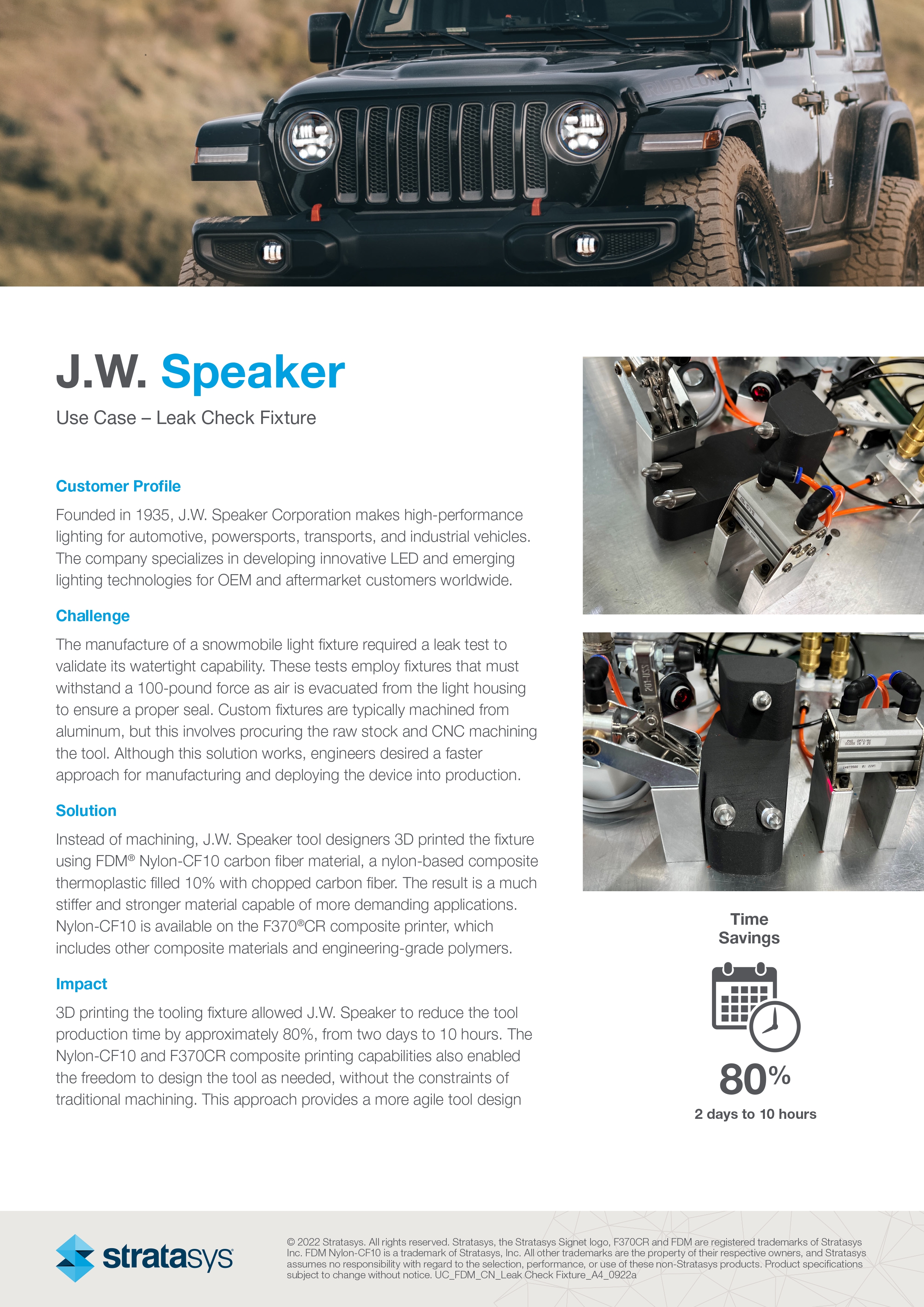
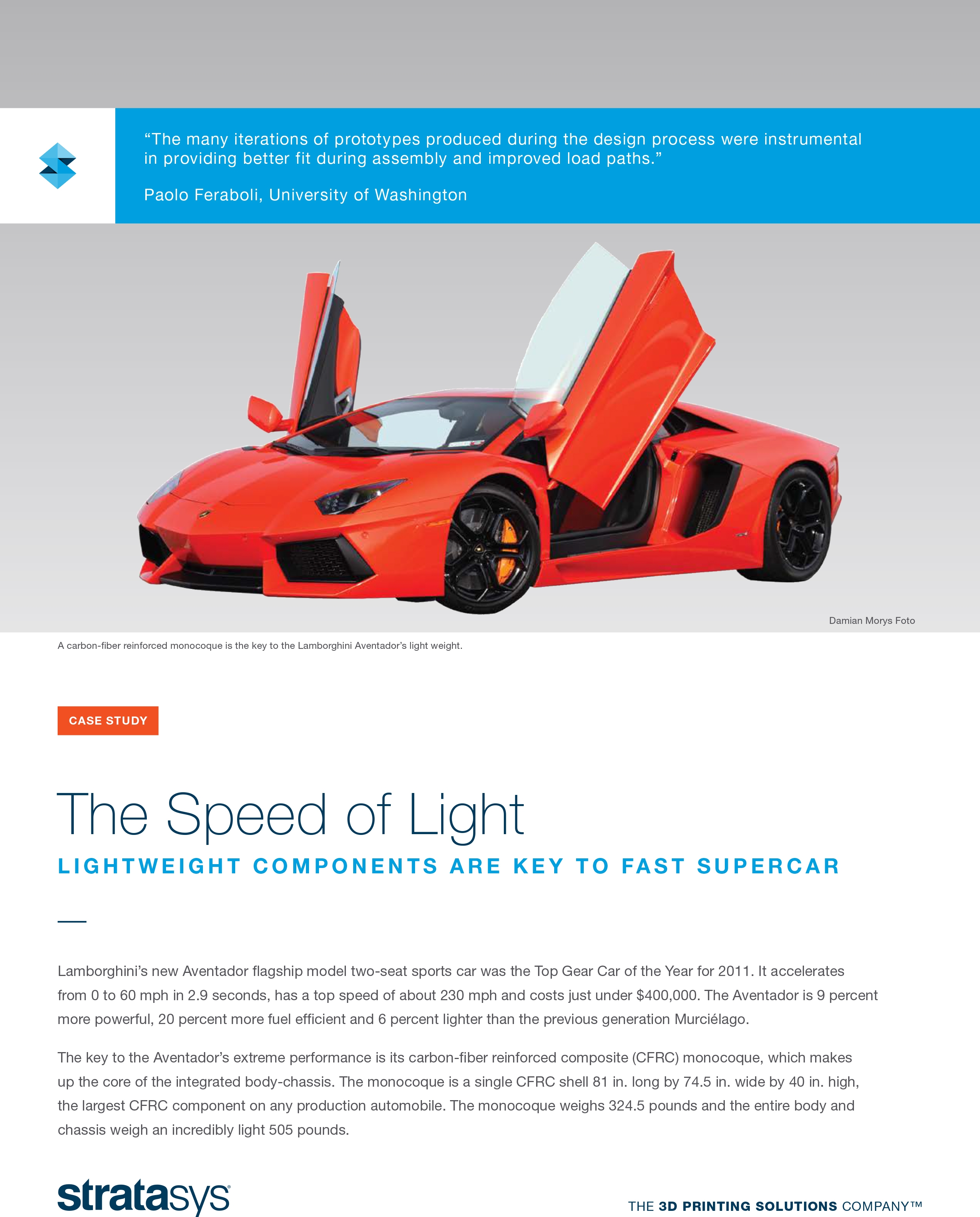
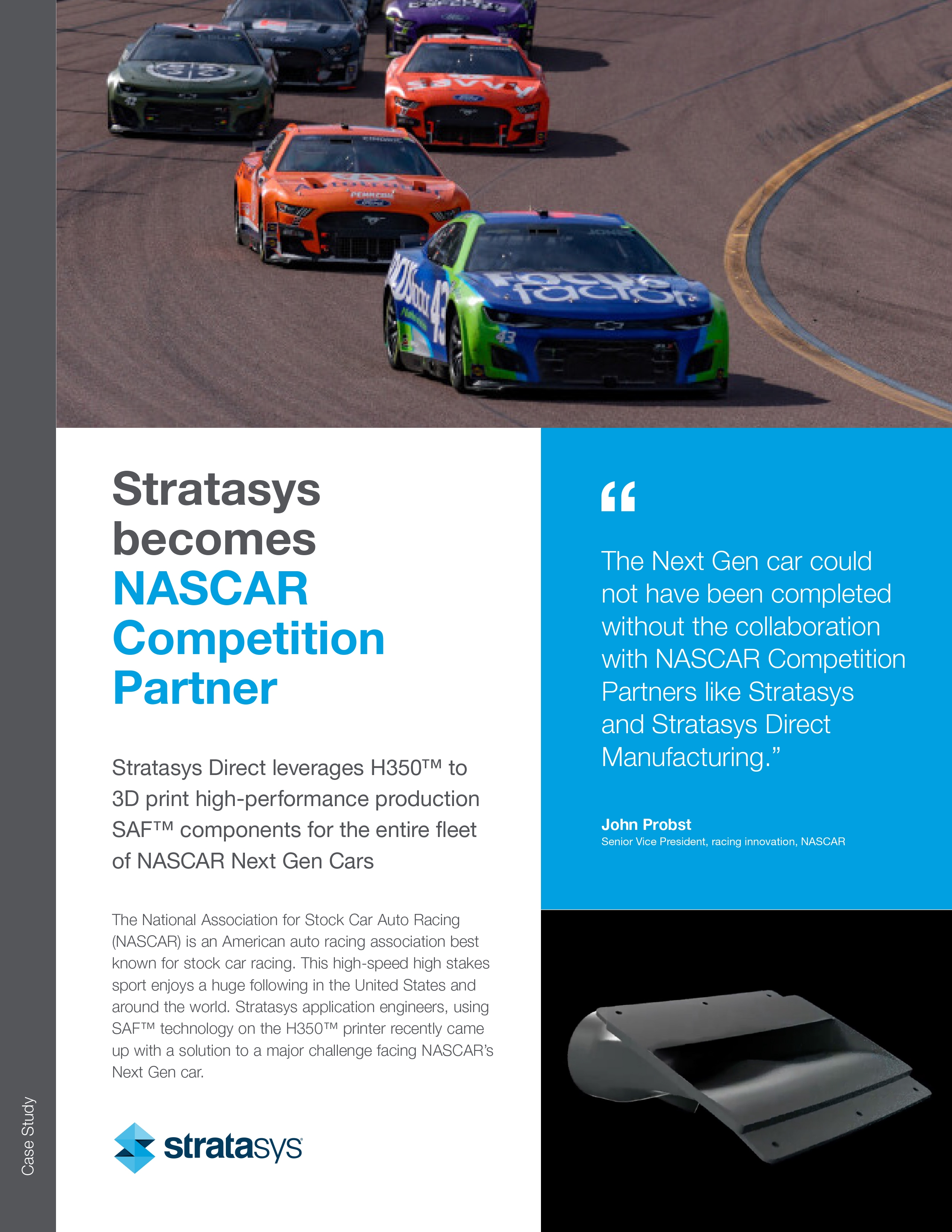
Design Parts with Complex Internal Geometries
3D printing can be used to create lightweight, high-strength parts that can improve the performance and efficiency of vehicles. This can be achieved by designing parts with complex internal geometries that would be difficult or impossible to create using traditional manufacturing methods.
If you're curious about our 3D printing materials, thermoplastics, resins, powders, and polymers request us more info by filling out a short form.
Turbo-charge Your Additive Manufacturing Processes
In automotive manufacturing plants, 3D printing lowers tooling costs – with better designed, lighter tools reaching the line significantly faster. OEM’s and suppliers are investing in additive manufacturing to reduce cost, increase quality and most importantly, save time.
Request an offer
Feedback
Customer Feedback Form
Register for Our Newsletter


